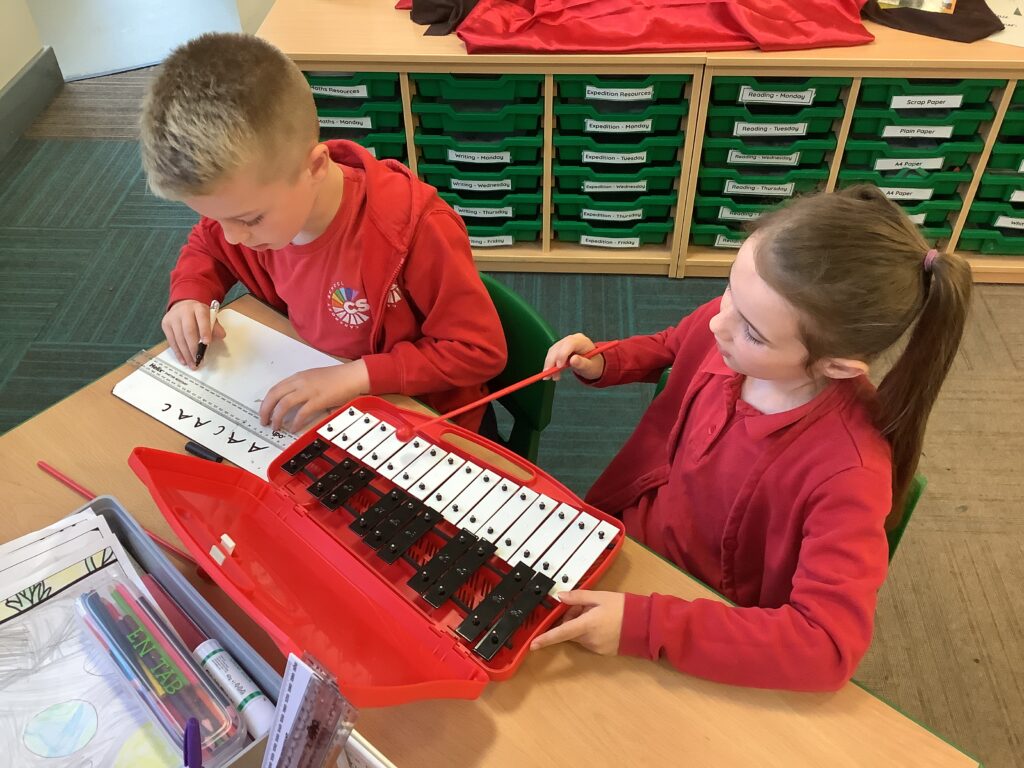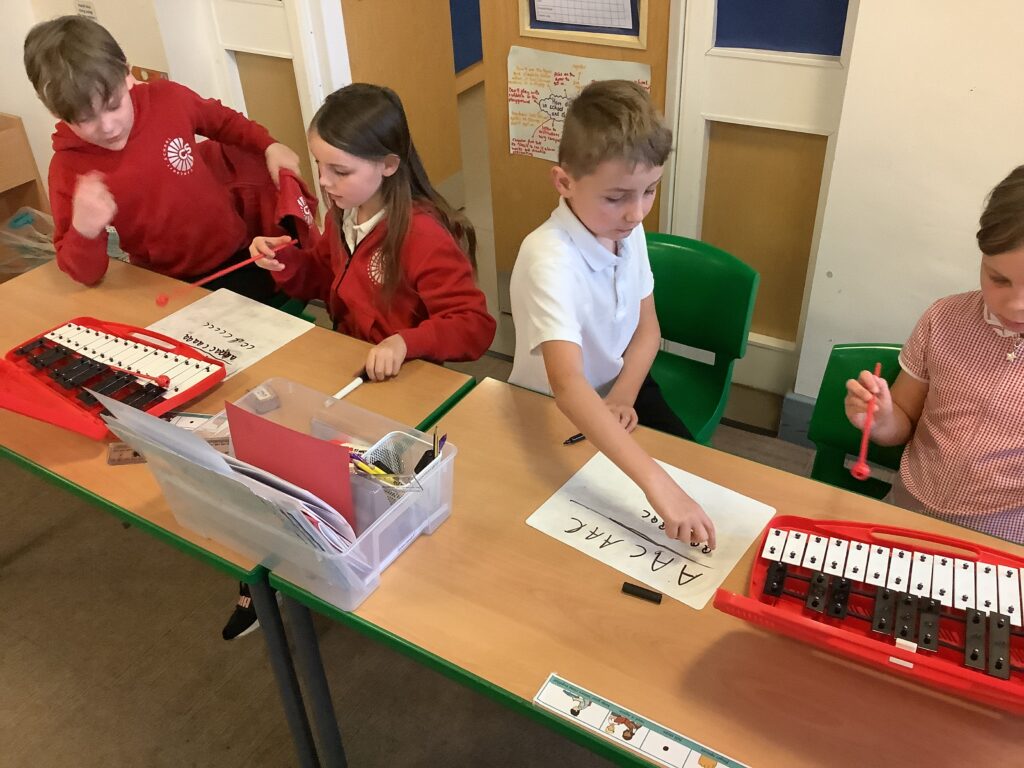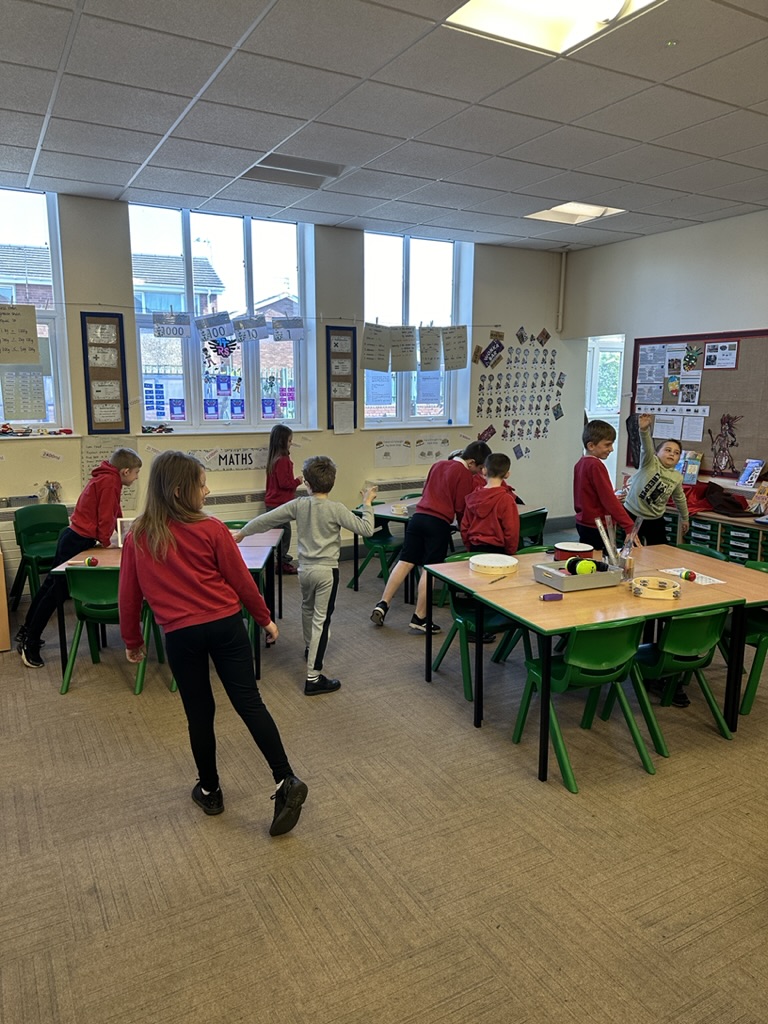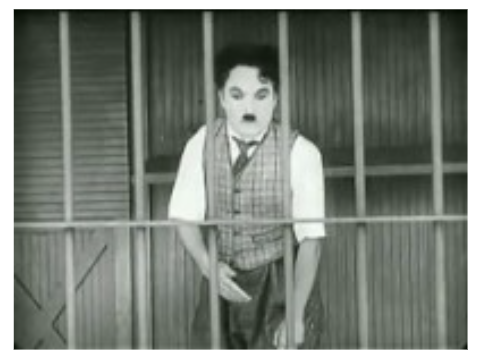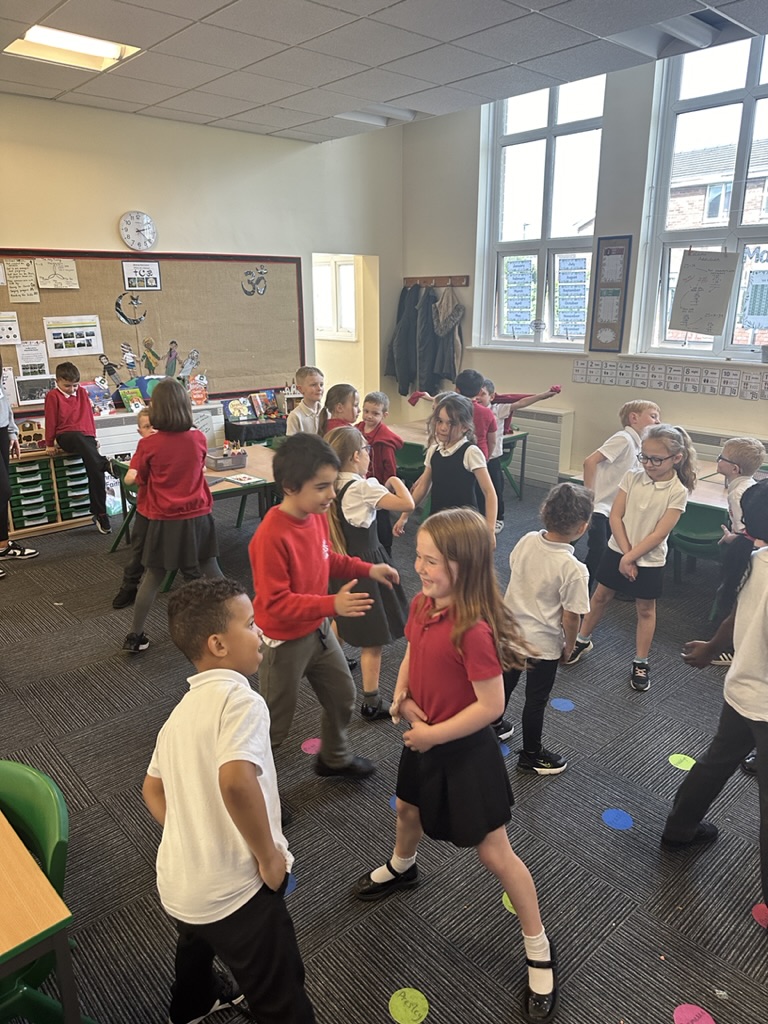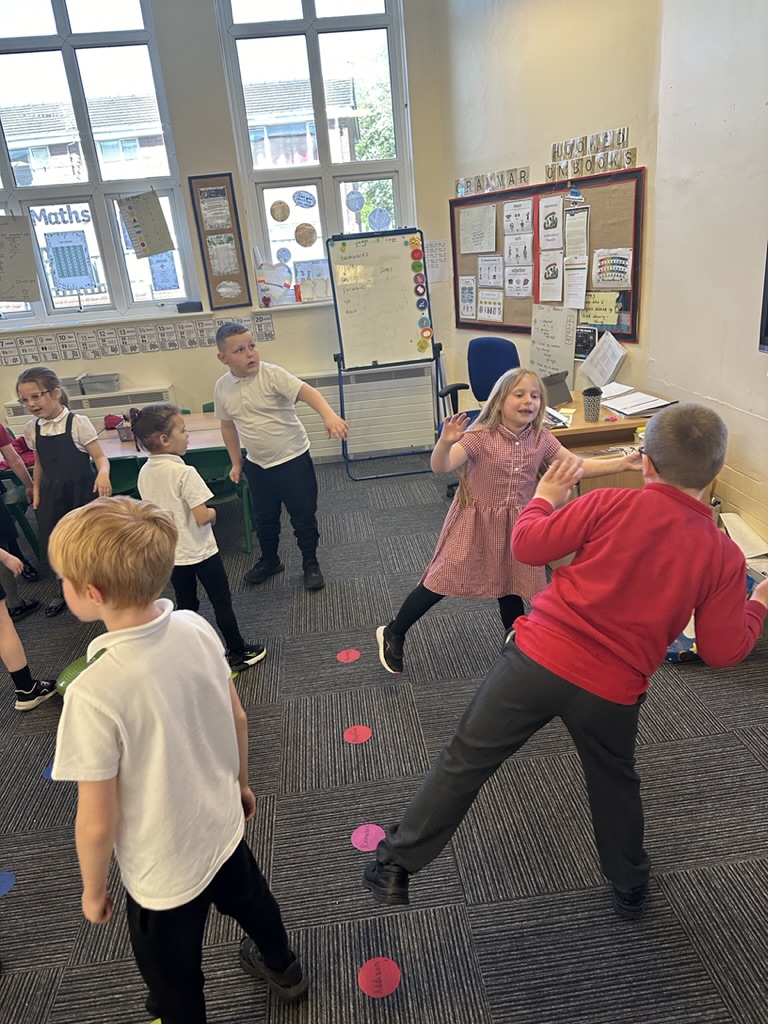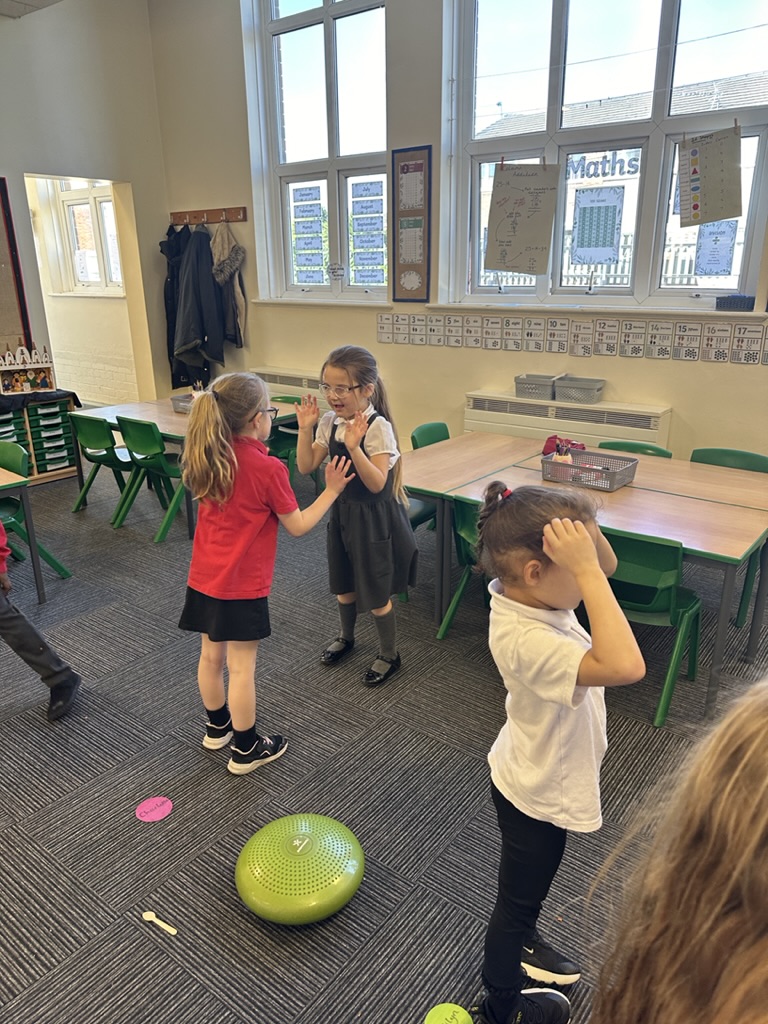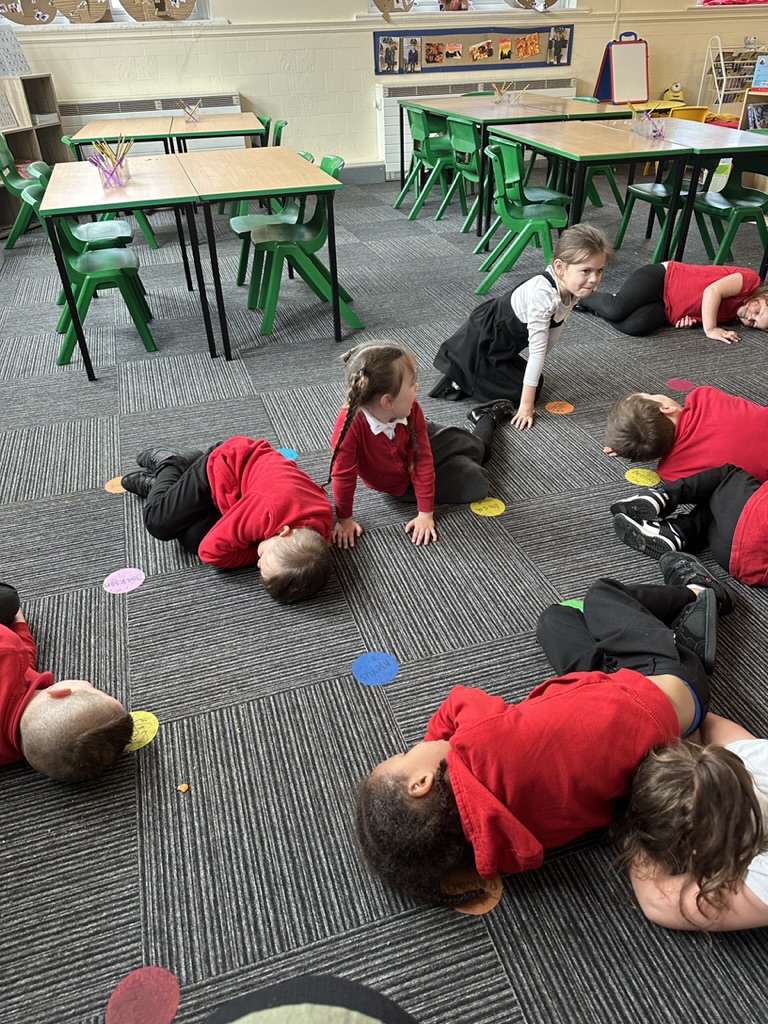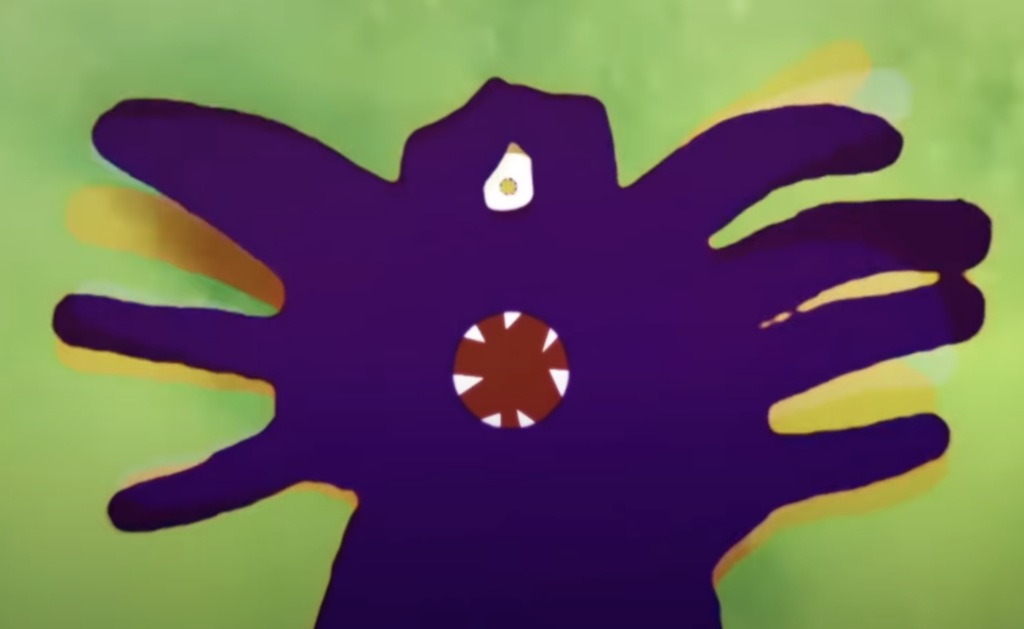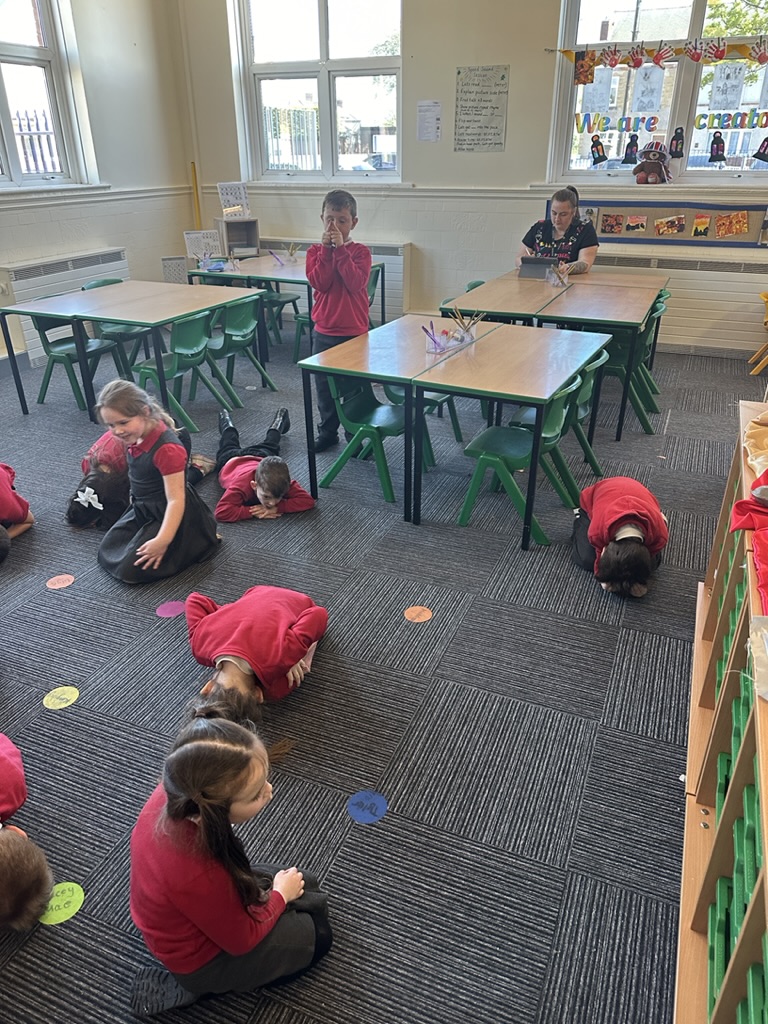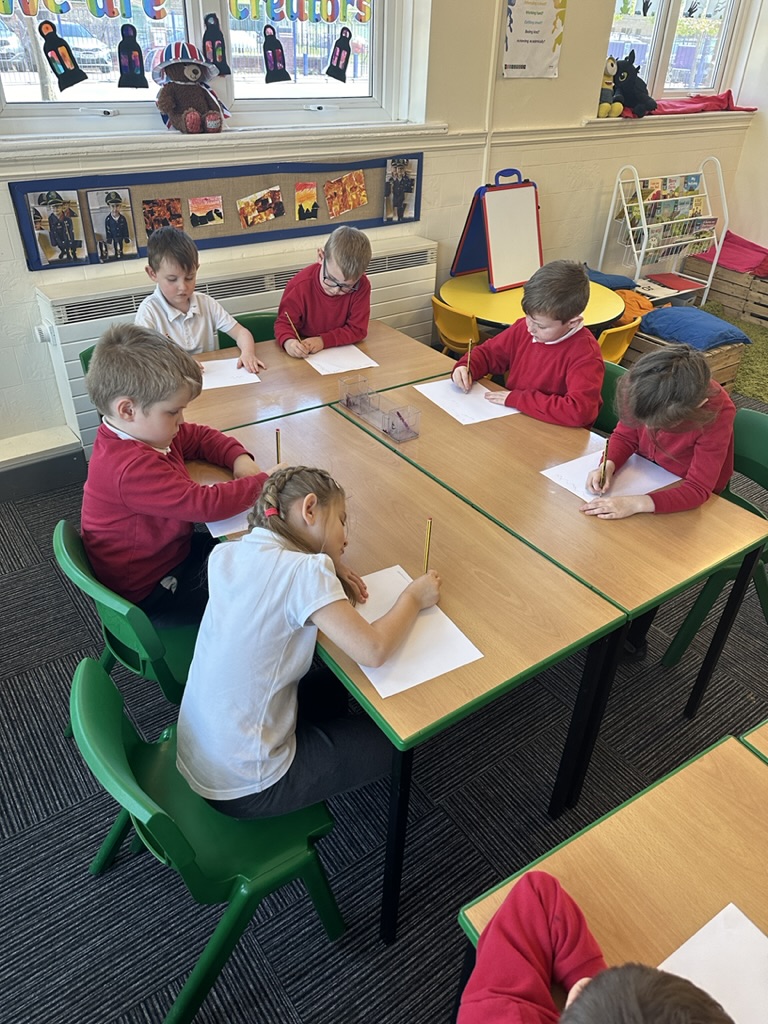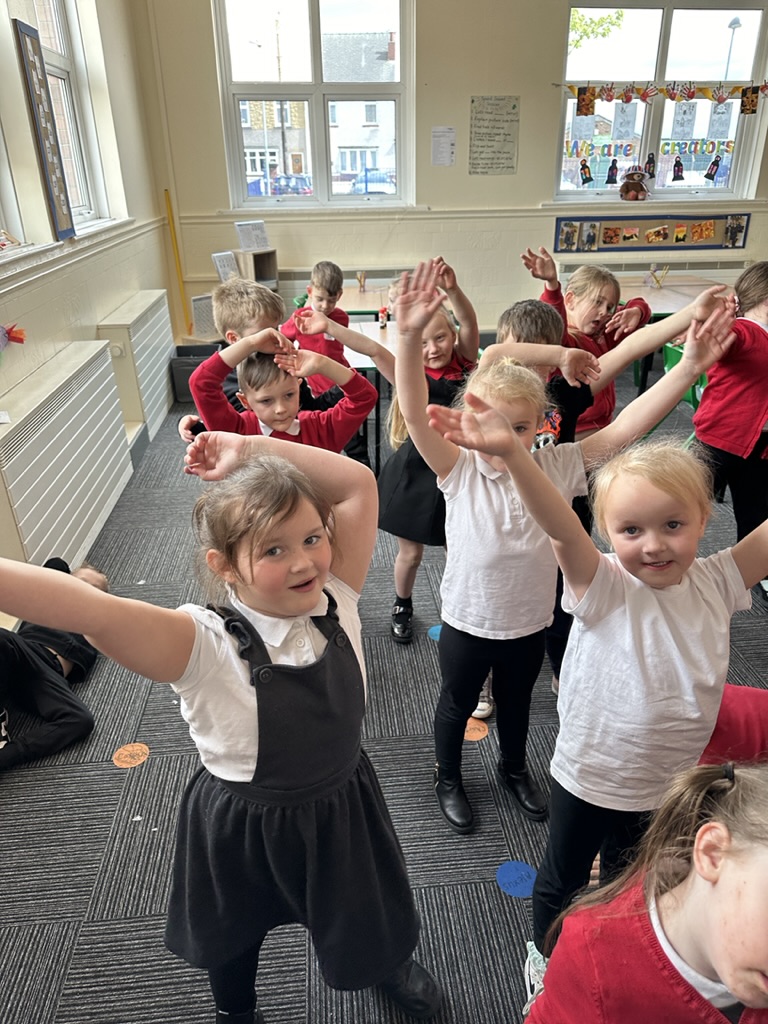As we continue with our unit ‘Fly with the stars’, we began by recapping crotchet and quaver patterns using the walk and jogging action words to help us think of the duration of each note.
We then looked at the song structure of the chorus of ‘Fly with the stars’ and noticed that the actions weren’t given to us, unlike the introduction and verse 1. We came up with a selection of suggestions for each action before finally making our decision. We practised performing each action with the music, ensuring we were counting the correct amount of beats for each action. We noticed that each section was quite repetitive which made it easier for us to learn each action.
We then recapped verse 1, only this time we added in the element of using crotchets and quavers to create our own pattern to play as an accompaniment to the song. We looked at using the notes A and C and worked with a partner to experiment with different variations of pattern using the glockenspiels.


